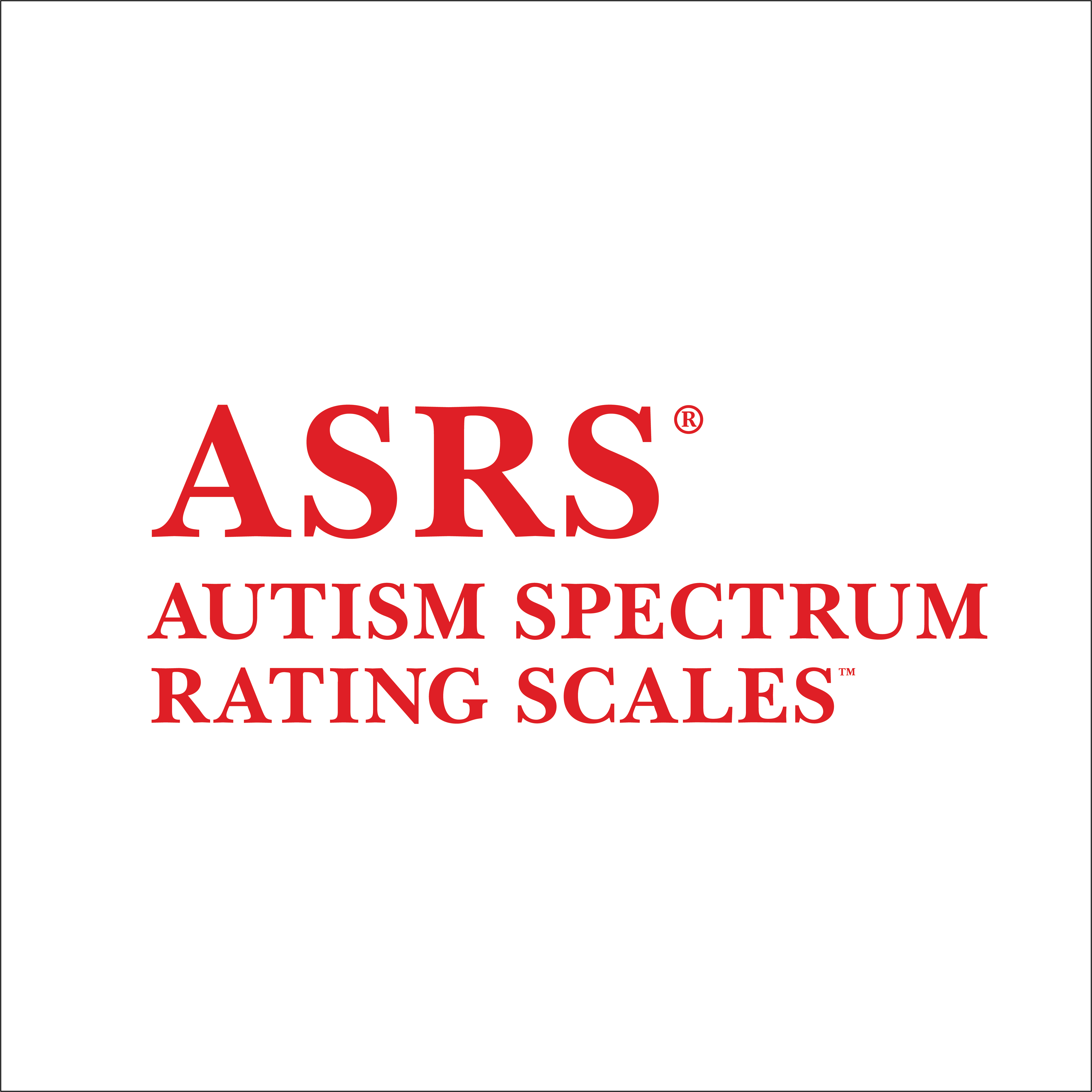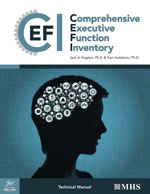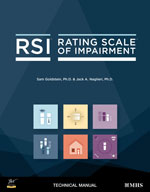
ASRS®
Autism Spectrum Rating Scales™
Filters
The Autism Spectrum Rating Scales™ is a multi-informant measure designed to identify symptoms, behaviors, and associated features of ASD in children and adolescents.
From renowned authors Sam Goldstein, Ph.D., and Jack A. Naglieri, Ph.D., the ASRS is a norm-referenced assessment based on a nationally representative sample designed to identify symptoms, behaviors, and associated features of Autism Spectrum Disorder. Using a five-point Likert rating scale, parents and teachers are asked to evaluate how often they observed specific behaviors in the child or adolescent in areas such as socialization, communication, stereotypical behaviors, behavioral rigidity, sensory sensitivity, and self-regulation.
The ASRS serves as a scientifically validated tool, aiding psychologists, school psychologists, clinical social workers, physicians, counselors, psychiatric professionals, and pediatric/psychiatric nurses in accurately assessing and diagnosing ASD.
The ASRS:
- Assists in the diagnostic process
- Guides the development of intervention and treatment strategies
- Monitors response to intervention and treatment effectiveness
Age
- 2 to 18
Administration Type
- Parent
- Teacher
Administration Time
- 20 Minutes
- Short Form: 5 Minutes
Number of Items
- Ages 2-5: 70
- Ages 6-18: 71
- Short Form (Ages 2-18): 15
Qualification Level
- B
Format(s)
- Online (Administration & Scoring)
- Handscored
- First nationally standardized, norm-referenced ASD Rating Scale
- Easy administration, scoring, and results interpretation
- Offers excellent reliability and validity
- The ASRS Short version can be used for screening or treatment monitoring
- Available Spanish version
- Items assess DSM-5 symptom criteria for ASD
- Provides the option to score children with limited verbal abilities
- Interpretive, Comparative, and Progress Monitoring reports are available
Progress Reports compare the results of two to four administrations for the same individual to measure changes over time. These reports are ideal to use when monitoring treatment and intervention effectiveness.
Comparative Reports combine the results of different raters to provide an overview of an individual's scores from a multi-rater perspective. This highlights potentially important inter-rater differences in scores.
Interpretive Reports provide detailed information about scores from a single administration, presented both numerically and graphically. An individual's scores are compared to those in the normative sample and elevations at the scale and subscale level are indicated.
Using a five-point Likert rating scale, parents and teachers are asked to evaluate how often they observed specific behaviors in the child or adolescent in areas such as socialization, communication, stereotypical behaviors, behavioral rigidity, sensory sensitivity, and self-regulation. The ASRS can be administered using one of two types of forms: the full-length ASRS (Parent and Teacher), and the ASRS Short Form. Both forms are available for two age ranges: the ASRS (2–5 Years) for ages 2 to 5 years old, and the ASRS (6–18 Years) for ages 6 to 18 years. All forms can be administered using online and paper and-pencil formats. All forms can be scored online or handscored.
ASRS DSM-5 Scoring Update
The ASRS has been updated to provide a new scoring option for the Diagnostic and Statistical Manual of Mental Disorders, Fifth Edition™ (DSM-5™) Symptom Scales.
The ASRS now has the following two scoring options for the MHS Online Assessment Center+:
- DSM-IV-TR®: DSM Symptom Scale is scored based on diagnostic criteria in the Diagnostic and Statistical Manual of Mental Disorders Fourth Edition Text Revision (DSM-IV-TR).
- DSM-5: DSM Symptom Scale is scored based on diagnostic criteria in the Diagnostic and Statistical Manual of Mental Disorders Fifth Edition (DSM-5).
Updated DSM-5 handscored forms for the ASRS Full-length Parent and Teacher forms are now available for purchase. For pricing and ordering details, visit DSM-5 pricing or the pricing tab.
Complete details regarding the ASRS DSM-5 scoring option are available via the ASRS DSM-5 Update: Technical Report #2 under the Resources section.
Should you have any further questions, contact Customer Service.
ASRS Scoring/Online Update
Please note there has been a scoring update to the ASRS for individuals who do not speak or speak infrequently.
The ASRS now has the following two scoring options for the MHS Online Assessment Center+:
- The standard scoring method which can be continued to be used for individuals without limited speech.
- An alternative scoring method is now available for individuals who do not speak or speak infrequently.
- Further details about the alternative scoring method can be found by downloading the ASRS Technical Report under the Resources section.
Reliability
The ASRS was found to demonstrate high levels of internal consistency (alpha ranging from .70 to .97). Test-retest reliability scores were computed for the ASRS scores over a 2- to 4-week interval. Overall, the test-retest values indicate excellent test-retest reliability (ranging from .70 to .93).
Validity
A series of discriminant function analyses were conducted in order to determine the ability of the scores to predict group membership in the Autism Spectrum Disorder or General Population groups. On average, the scales were able to very accurately predict group membership, with a mean overall correct classification rate of 90.2%. In addition, evidence for the convergent validity of the ASRS, a sample of parents and teachers completed the ASRS forms along with multiple other measures of autism symptoms (both parent-rated and clinician-rated). The results revealed the expected pattern of correlation between the ASRS and these measures, providing strong evidence of the convergent validity of the ASRS.
The ASRS was standardized on 2,560 non-clinical cases from across the United States. The standardization included 640 cases for the ASRS (2 to 5 Years) with 320 parent and 320 teacher forms and 1,920 cases for the ASRS (6 to 18 Years) with 960 parent and 960 teacher forms. Over 1,200 clinical cases were also collected. The disorders in the clinical sample include:
- Autism Spectrum Disorder (Autism, Asperger's, Pervasive Developmental Disorder - Not Otherwise Specified)
- Attention-Deficit/Hyperactivity Disorder
- Mood and Anxiety Disorders
- Disruptive Behavior Disorders
- And many more



